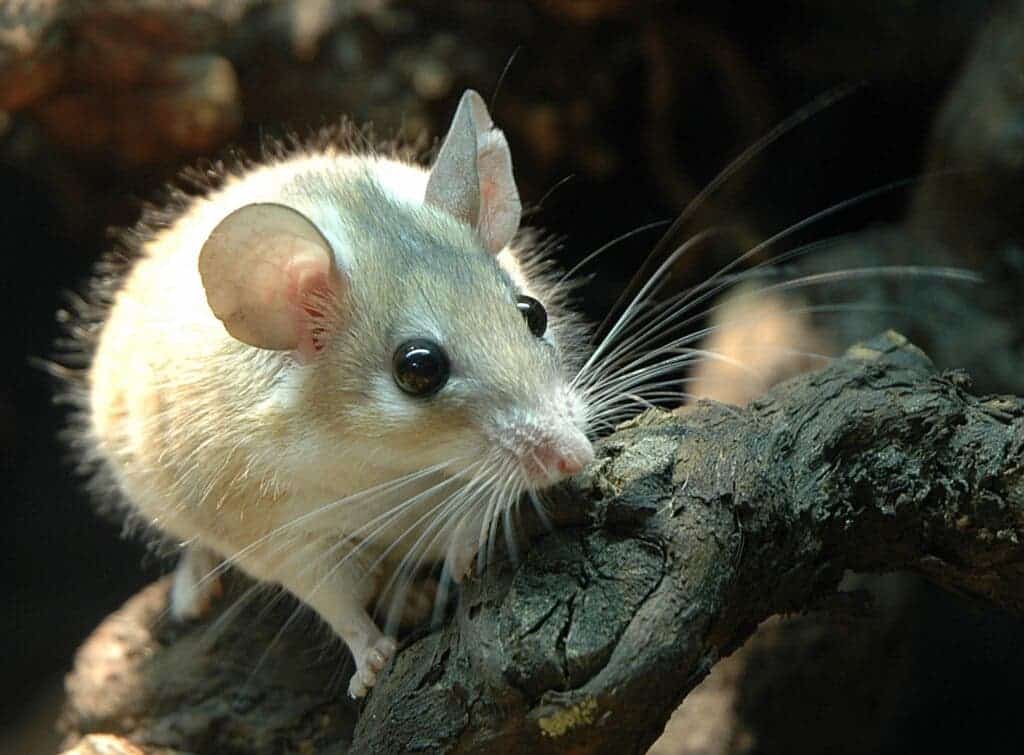
Spiny mice are a group of rodents with scaled tails. Their coats have stiff guard hairs similar to the spines of a hedgehog — hence the name “spiny” mice.
These mice are well-known for their ability to heal severe skin wounds without even a scar. In a new study, researchers wanted to see if their regeneration abilities also extend to other organs.
No scars allowed
It wasn’t easy to set the study up. Researchers had to establish a spiny mouse colony at Seattle Children’s Research Institute, says Mark W. Majesky of the Seattle Children’s Research Institute from the University of Washington. But thanks to initial funding from the W. M. Keck Foundation, researchers were able to get going.
They exposed spiny mice to conditions that cause serious kidney injuries in other types of mice (non-spiny ones). The researchers found that although initially, spiny mice suffer damage just like their counterparts, they were able to completely regenerate — furthermore, they showed no signs of fibrosis (or scarring).
“We used experimental kidney injuries that are known to produce extensive renal fibrosis leading to complete kidney failure in laboratory mice. Using the same kidney injury models, we found that spiny mice naturally repair the injury-induced damage to the kidney and fully regenerate kidney function with no signs of renal fibrosis,” Majesky told ZME Science.
This is the first time this type of regenerative ability has been demonstrated in a mammal and it could have big implications for human research.
Researchers compared the genes that spiny mice express in the healing process, compared to the genes of “regular” mice, which don’t have the ability to regenerate. They found differences in 843 genes in six clusters — it’s likely here that the ‘magic’ is happening.
The study also found a delayed response by macrophages — specialized cells involved in the detection and destruction of pathogens. These macrophages are known to play a role in fibrosis, so essentially, the mice are delaying an immune response to avoid scarring.
“When we looked closer at gene expression in these experiments, we found that the spiny mouse genome appears to be poised to initiate a regenerative wound healing response at the time of organ injury. By contrast, laboratory mice initiate a proinflammatory response leading to interstitial cell activation, extensive organ fibrosis, and loss of organ function,” the researcher added.
Tackling renal problems in humans
Millions of people on the globe are affected by kidney issues. In the US alone, there are 600,000 patients with kidney failure and over 450,000 patients (including children) currently on dialysis, says Majesky. Most of those patients have progressive kidney fibrosis leading to kidney failure.
“We conducted our research with those individuals in mind. Since there are very few effective therapies for progressive renal fibrosis, our objective was to look to nature for a different way to approach the problem of fibrosis-driven kidney failure,” Majesky told ZME Science.
“The global health burden for loss of vital organ function due to progressive tissue fibrosis is enormous,” says Mark Majesky, a principal investigator at Seattle Children’s Research Institute and professor of pediatrics at the University of Washington. “Very few treatment options are currently available for patients with end-stage kidney disease or similar degenerative fibrotic diseases of the heart, lungs, liver, or reproductive organs. Our group took a different approach to this problem and looked to nature to provide clues that might lead to novel therapies.”
When they learned about the ability of spiny mice to regenerate skin damage without scarring, Majesky and colleagues immediately wanted to see if that ability extends to other organs.
“Our initial experiments were designed to test the possibility that scarless wound healing might extend to
internal vital organs, such as the kidney,” Majesky notes.
If researchers can zoom in on the mechanisms through which the mice achieve this regeneration, perhaps they can also replicate it on humans. While that’s still a ways off, for now, it’s still an avenue well worth investigating.
“We have opened a new window on the development of possible therapies for chronic kidney disease, that may perhaps apply to other organs that similarly exhibit loss of function due to progressive tissue fibrosis,” Majesky says.
“Our goal is to learn what nature has done in evolving a mammalian genome that heals tissue injury by regeneration without fibrotic scarring and apply the lessons learned to the development of new therapies for kidney disease,” adds Daryl M. Okamura, also of Seattle Children’s Research Institute, and co-author of the study.
Researchers are also hopeful that, with work also progressing in related fields of medicine, the findings could be soon applied in human treatment.
“Given that other investigators in many different fields are developing small molecule drugs to target key regulators of the mammalian epigenome, it may be that in the not too distant future we will be able to apply the lessons learned from nature and the remarkable spiny mouse to human kidney disease,” Majesky concludes.
Journal Reference: iScience, Okamura et al.: “Spiny mice activate unique transcriptional programs after severe kidney injury regenerating organ function without fibrosis” https://www.cell.com/iscience/fulltext/S2589-0042(21)01238-4






